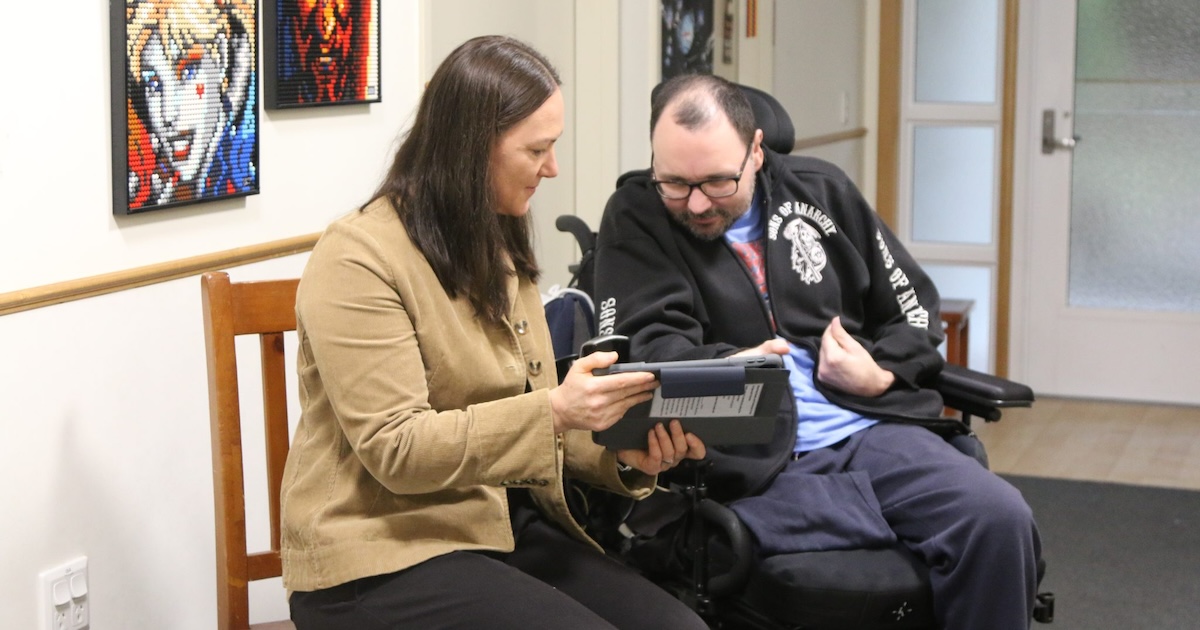The University of Sydney's Faculty of Engineering has added a School of Biomedical Engineering with a core focus on tissue and neural engineering, nano-materials and addressing chronic disease.
Professor Gregg Suaning, who has been working on bionic eyes for people living with blindness, will head the school, which will offer a range of disciplines including medicine, engineering and life sciences.
The school is tasked with training the next generation of biomedical engineers and will offer multidisciplinary partnerships across the university's network, including the Faculty of Medicine and Health, the Sydney Nano Institute, the Charles Perkins Centre, the Brain and Mind Centre, Westmead and other leading teaching and research hospitals.
Among the physical laboratory and testing infrastructure available to students of the school are the Sydney Bionics Translation Centre, a lab offering cleanroom and prototyping capabilities, and a high-energy plasma research laboratory intended for therapeutic innovations involving specialised surfaces.
"The new school's aim is to improve health outcomes by targeting diseases that currently do not have cures," Professor Suaning said in a statement. "We will achieve this through innovative biotechnologies focused on tissue and neural engineering, nanomaterials and by introducing novel approaches to overcome chronic disease."
Students will also use the Industrial Transformation Training Centre for Innovative Bioengineering, which includes an engineering laboratory for musculoskeletal tissue.
An additional facility, the new Bio-Engineering Research Hub, is expected to be completed within two years.
The specially designed building will come equipped with "research ready" capabilities, including a suite of labs aimed at helping researchers with work to diagnose, treat and cure various diseases.
Part of the reasoning behind the construction of additional facilities is the future focus on collaborative research.
"Our purpose-built research facilities will help enable the School of Biomedical Engineering to take medical devices from the concept stage through to the clinic and beyond," Dean of Engineering, Professor Willy Zwaenepoel, said in a statement.
The announcement follows a September partnership between the University of Wollongong and India's Andhra Pradesh Medtech Zone, or APMZ, the country's first integrated medical devices manufacturing zone.
The two organizations are teaming up to develop 3D bioprinting techniques, which will, at first, primarily focus on 3D biofabrication, including a project to develop a scan and printing package to produce 3D printed ears.
The university's Translational Research Initiative for Cellular Engineering and Printing, or TRICEP, which houses printer manufacturing, biomaterials, and bioinks, will provide input into both research and training initiatives.
